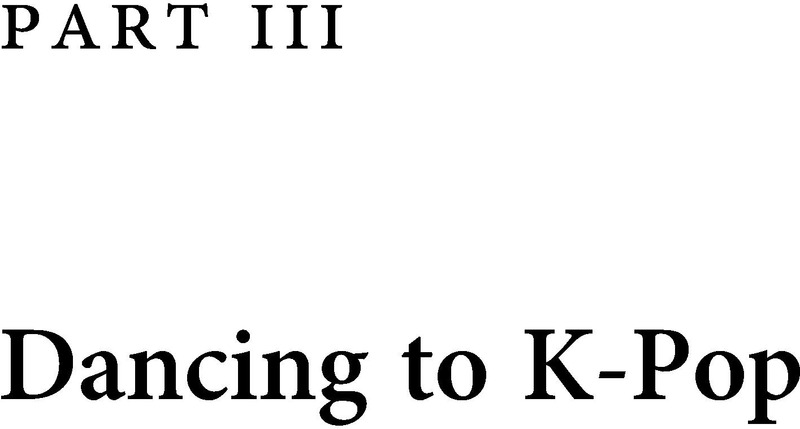Book contents
- The Cambridge Companion to K-Pop
- Cambridge Companions to Music
- The Cambridge Companion to K-Pop
- Copyright page
- Contents
- Figures
- Tables
- Contributors
- Acknowledgments
- Notes to Readers
- Introduction
- Part I Genealogies
- Part II Sounding Out K-Pop
- Part III Dancing to K-Pop
- Part IV The Making of Idols
- Part V The Band That Surprised the World
- Part VI Circuits of K-Pop Flow
- Index
- References
Part III - Dancing to K-Pop
Published online by Cambridge University Press: 02 March 2023
- The Cambridge Companion to K-Pop
- Cambridge Companions to Music
- The Cambridge Companion to K-Pop
- Copyright page
- Contents
- Figures
- Tables
- Contributors
- Acknowledgments
- Notes to Readers
- Introduction
- Part I Genealogies
- Part II Sounding Out K-Pop
- Part III Dancing to K-Pop
- Part IV The Making of Idols
- Part V The Band That Surprised the World
- Part VI Circuits of K-Pop Flow
- Index
- References
Summary

- Type
- Chapter
- Information
- The Cambridge Companion to K-Pop , pp. 95 - 136Publisher: Cambridge University PressPrint publication year: 2023



